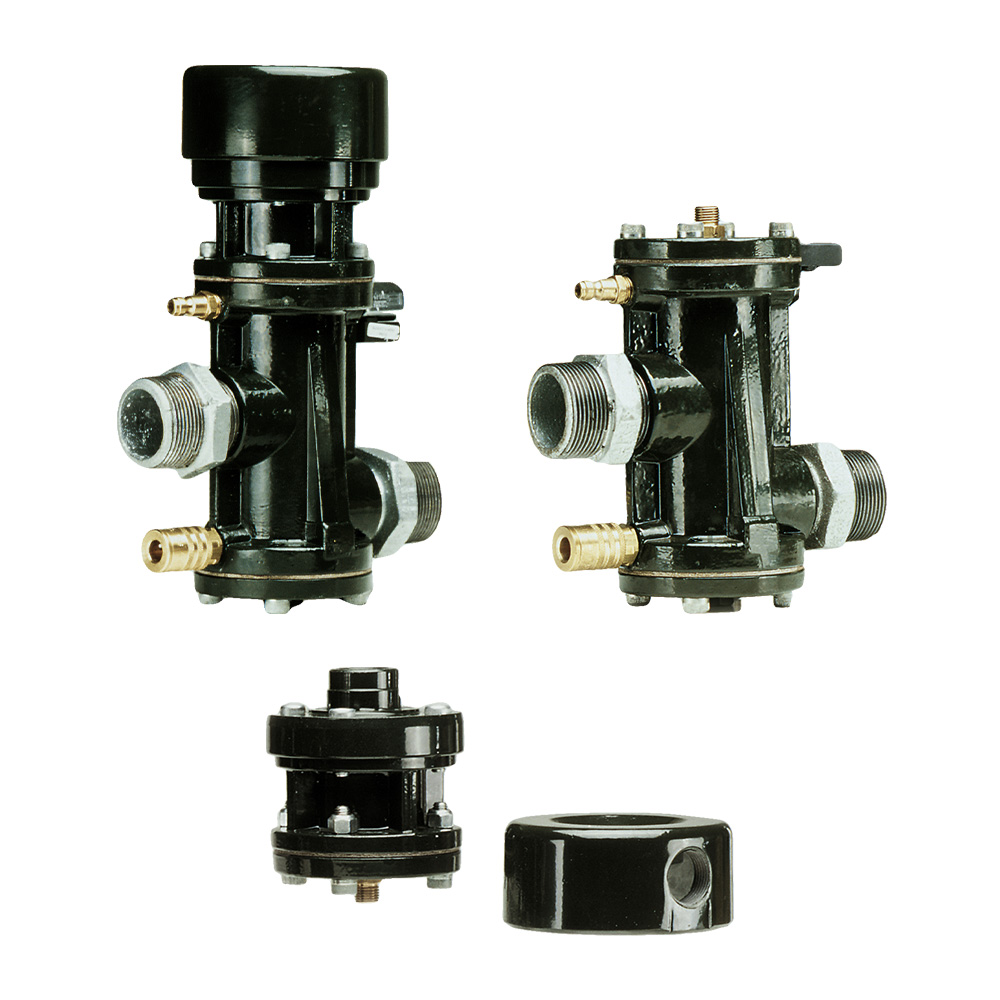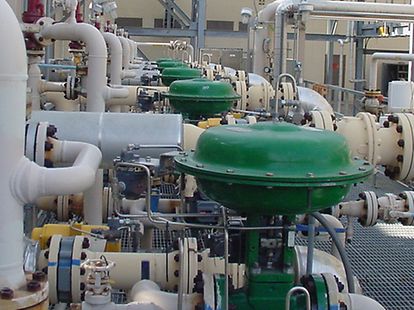Understanding the Value of Control Valves in Process Automation
Understanding the Value of Control Valves in Process Automation
Blog Article

Maximize Power Financial Savings and Convenience With Advanced Building Automation Controls
In the realm of modern design and center monitoring, the assimilation of sophisticated building automation controls stands as an essential improvement. The merging of technology and sustainability has birthed a brand-new age where power performance, comfort optimization, and functional streamlining are no more obtainable facts but distant desires. By harnessing the power of automation, buildings can adjust, react, and advance in manner ins which were once unimaginable. The potential for substantial energy cost savings and improved convenience is not just an opportunity yet an assurance waiting to be met. This paradigm shift in building management holds the vital to unlocking a world where environmental conscientiousness and resident well-being harmoniously exist side-by-side within the wall surfaces of our structures.
Power Effectiveness Benefits
Power performance benefits can considerably decrease power usage and functional expenses in structures. By implementing energy-efficient methods and innovations, building proprietors and operators can attain considerable cost savings while additionally adding to environmental sustainability. One of the main benefits of enhancing energy efficiency in buildings is the reduction of utility expenses. Energy-efficient systems, such as advanced building automation controls, can maximize using resources like lighting, heating, and air conditioning, resulting in reduced energy expenditures in time.
In addition, improved energy performance can prolong the life expectancy of structure devices and systems. By operating extra effectively, heating and cooling systems, light, and various other building elements experience much less deterioration, resulting in reduced upkeep and replacement expenses. Furthermore, energy-efficient buildings often command greater home values and rental prices, supplying lasting monetary advantages to owners.
In addition, power efficiency can enhance resident convenience and performance. Appropriately regulated interior atmospheres with optimal illumination and thermal problems create an even more enjoyable and helpful work space, bring about enhanced staff member complete satisfaction and performance. In general, the power effectiveness advantages related to advanced structure automation controls are diverse, including expense financial savings, environmental stewardship, and occupant health.
Enhanced Convenience Control
Enhancing comfort control in structure environments needs an advanced combination of innovative automation systems for ideal owner wellness. By utilizing advanced building automation controls, centers can customize the interior atmosphere to fulfill the particular demands and preferences of residents. control valves.
By incorporating these innovative controls, buildings can not just enhance comfort however also improve power effectiveness by optimizing system procedures based on actual occupancy and usage patterns. Inevitably, prioritizing passenger comfort via innovative automation systems leads to an extra enjoyable and healthier interior atmosphere.
Operational Performance Improvements

Additionally, the implementation of real-time surveillance and analytics tools allows building operators to determine power inefficiencies and functional anomalies immediately. By continuously checking energy use patterns and system performance metrics, changes can be made in real-time to optimize energy intake and ensure peak operational performance. control valves. Furthermore, incorporating need reaction methods right into structure automation controls can even more boost operational effectiveness by dynamically adjusting energy use based on grid problems and rates signals
Indoor Climate Optimization
Efficient interior environment optimization is a basic element of structure automation controls, ensuring passengers' comfort and health while making best use of energy savings. By using innovative sensors and controls, developing automation systems can continually keep an eye on and adjust temperature level, moisture levels, air top quality, and air flow to produce an optimum interior setting. Preserving comfy and constant problems not just boosts owner complete satisfaction yet also enhances productivity and overall wellness.
Indoor environment optimization additionally plays a critical function in power effectiveness. By fine-tuning cooling, air flow, and heating systems based on real-time information and tenancy patterns, constructing automation controls can significantly decrease energy consumption - control valves. For instance, executing approaches such as demand-controlled air flow and thermal zoning can help minimize power waste while guaranteeing that each location of the building gets the needed conditioning.

Lasting Atmosphere Development
Structure automation regulates not only maximize interior environment problems for power performance and owner comfort however likewise lay the foundation for producing a sustainable atmosphere via strategic management of systems and resources. By incorporating innovative building automation innovations, such as sensing units, actuators, and intelligent software program, centers can adjust and keep track of energy use in real-time to lessen waste and minimize their carbon footprint. These systems allow anticipating maintenance, recognizing potential concerns prior to they rise and enhancing devices performance to enhance longevity and efficiency.
Additionally, sustainable environment creation expands beyond energy management to include water preservation, waste reduction, and indoor air quality improvement. Building automation controls can manage water usage, find leaks, and guarantee correct garbage disposal practices, adding to general sustainability initiatives. Additionally, by managing and checking air flow and filtration systems, these innovations improve owner health and efficiency while reducing energy consumption associated with heating and cooling procedures.
Final Thought
In conclusion, progressed structure automation controls offer considerable benefits in terms of power savings, convenience control, operational efficiency, indoor climate optimization, and creating a lasting setting. By executing these controls, buildings can attain ideal performance while reducing energy usage and enhancing passenger convenience. It appears that the use of sophisticated automation innovation is vital in boosting structure efficiency and developing a more sustainable future.
Power performance benefits can significantly decrease power usage and operational costs in buildings. Overall, the energy efficiency benefits connected with advanced building automation controls are multifaceted, encompassing cost savings, ecological stewardship, and resident wellness.
Furthermore, incorporating need reaction techniques into building automation controls can even important site more improve operational performance by dynamically adjusting power usage based on grid conditions and prices signals.
Structure automation regulates not just maximize indoor environment conditions for power performance and owner comfort but likewise lay the structure for developing a lasting environment with tactical monitoring of sources and systems.In verdict, advanced building automation manages deal substantial benefits in terms of power financial savings, convenience control, functional efficiency, indoor climate optimization, and producing a lasting environment.
Report this page